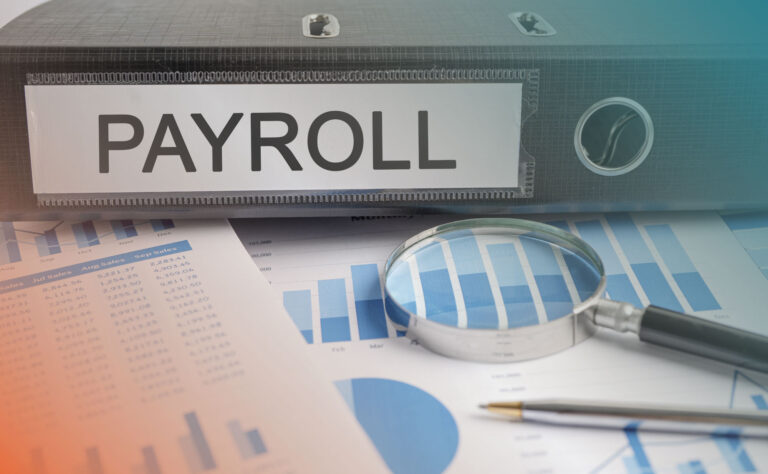With Q2 payments behind us and Q3 approaching in September, now is the perfect time to evaluate whether your current tax strategy still fits your actual business performance and the latest guidance.
What to Know This Year
The most impactful considerations this year center around accurate estimated tax payments, the phase-down of bonus depreciation, and state-level conformity adjustments that affect how federal tax strategy translates to your Kansas returns.
- Estimated Payments and Enforcement: While the safe harbor rules for estimated taxes haven’t formally changed, the IRS has become more aggressive about penalizing underpayments, particularly for businesses with fluctuating income patterns. If you’re in a seasonal industry like restaurants or construction or experiencing rapid growth, now is the time to review whether your payment amounts reflect actual income.
- Depreciation Timing: While bonus depreciation dropped to 60% at the start of 2025, the new tax bill restores 100% bonus depreciation for qualifying property acquired after January 19, 2025. This creates a valuable opportunity for businesses planning major equipment purchases in Q3 or Q4. Strategic timing of vehicles, technology, or machinery can now deliver full deductions, improving cash flow and reducing taxable income.
- State Conformity: Kansas and other states have made selective updates to how they align with federal tax rules. These differences affect everything from depreciation and expense timing to income sourcing and reporting formats. Planning at the state and federal levels must be coordinated to avoid missed opportunities or duplicate payments.
Key Areas to Review Now
- Cash Flow Alignment: Review whether your Q1 and Q2 estimated payments reflect your actual business performance. If revenue or expenses have shifted, your Q3 and Q4 payments likely need recalibration.
- Quarterly Payment Accuracy: Protect against IRS underpayment penalties by revisiting your calculations. Businesses with inconsistent income may no longer be covered under standard safe harbor rules if payment timing is off.
- Equipment Purchase Timing: With 100% bonus depreciation reinstated for property acquired after January 19, 2025, capital investments made in the second half of the year could qualify for full, immediate expensing. Review your purchasing timeline to take advantage.
- Payroll and Income Tax Coordination: Ensure your payroll tax deposits align with your company’s current filing frequency and structure, especially if you’ve experienced growth or staffing changes this year.
- Entity Structure Check-In: Now is an ideal time to evaluate whether your business entity still provides the best protection and tax benefits. For some S-corps and partnerships, changes ahead of year-end can yield major advantages.
Action Steps for the Second Half of 2025
- Compare year-to-date actual income and expenses to the projections used for your quarterly payments.
- Review capital expenditures planned for the remainder of the year to ensure they qualify for 100% bonus depreciation. Consider adjusting timelines for major purchases to maximize the deduction.
- Coordinate with payroll and HR teams to ensure deposits and reporting are compliant and optimized.
- Schedule a mid-year tax strategy session to avoid surprises and lock in any year-end actions.
Get Proactive with CGP
Waiting until December limits your options. That’s why we’re offering a limited-time Tax Clarity Snapshot, a mid-year review that helps you:
- Reassess your estimated payments
- Plan around capital purchases and bonus depreciation
- Coordinate multi-state and payroll compliance
Reach out now to schedule your Tax Clarity Snapshot and set your second half of 2025 up for success.








